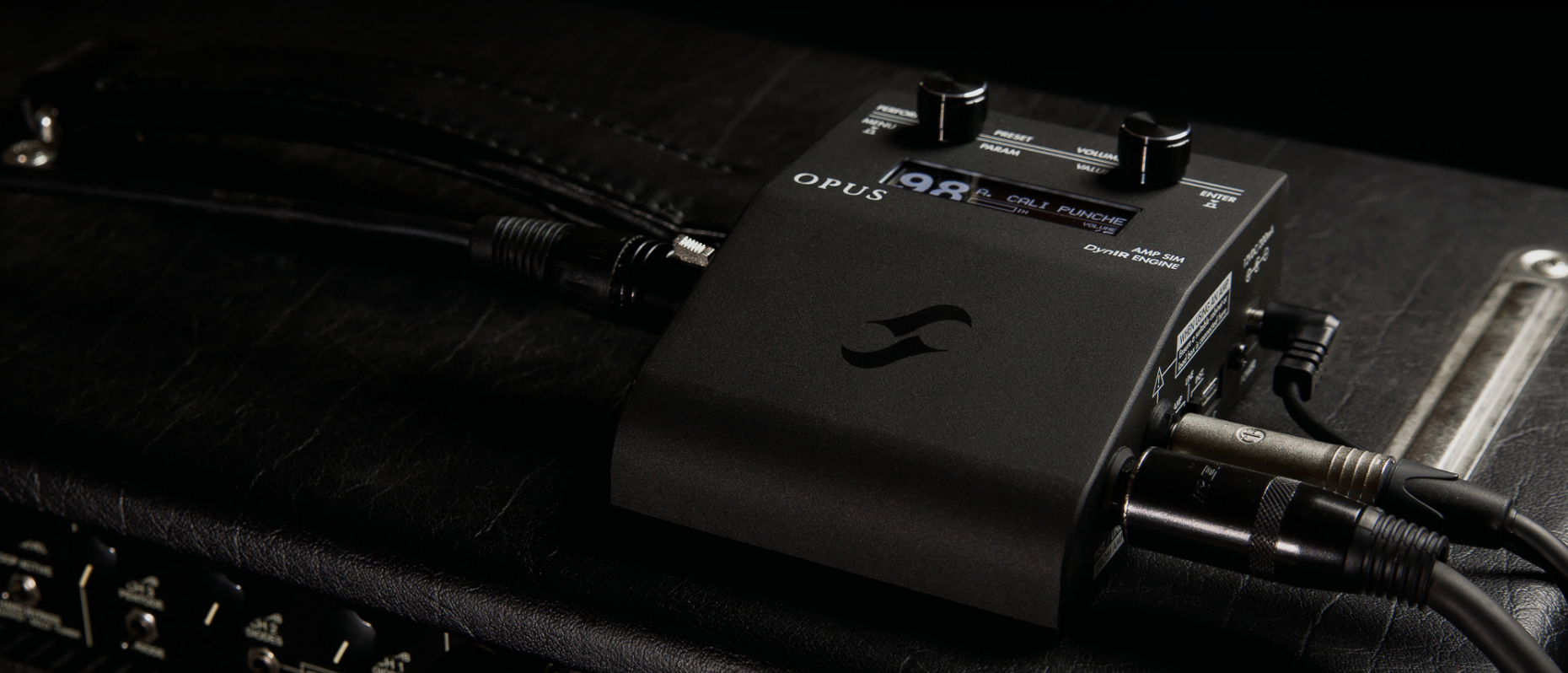MusicRadar Verdict
All in all, it’s hard to see the Opus as anything other than a slam dunk. It’s good enough that even if you have an existing Two Notes rack setup, you’ll be tempted by it. It’s compact enough for on-the-go use or as a recording tool for a practice space, let alone its utility to a touring musician. Moreover, it’s such a compact unit that the all-in-one headphone amp solution is a no-brainer if you’re already bought in to the Captor series
Pros
- +
Sounds excellent
- +
Competitive price
- +
Flexible setup options for hybrid rigs
Cons
- -
Only 5 TSM amp models
- -
No effects bar reverb, noise gate, enhancer
MusicRadar's got your back
Two Notes Opus: What is it?
Two Notes goes out of its way to identify a problem and solve it properly. It started off by building an obvious product - a load box with an IR loader.
Now there are many options, but the Two Notes Torpedo series was game-changing when it came out. The kit was equally at home in the touring rigs of bands like Gojira, as in the racks of bedroom producers looking to avoid a noise complaint.
The Opus builds on the Torpedo CAB, its first foray into pedalboard format units. It adds Tube Stage Modelling, or TSM, models of preamp and power amps to the pedalboard IR loader.
The Opus is marketed as the final form of fly rig convenience, and it’s compatible with the rest of the line. This means that it also replaces older multi-function units.
The street price of a Torpedo Live was about £700, which is still more than the price of the Opus and a Captor load box.
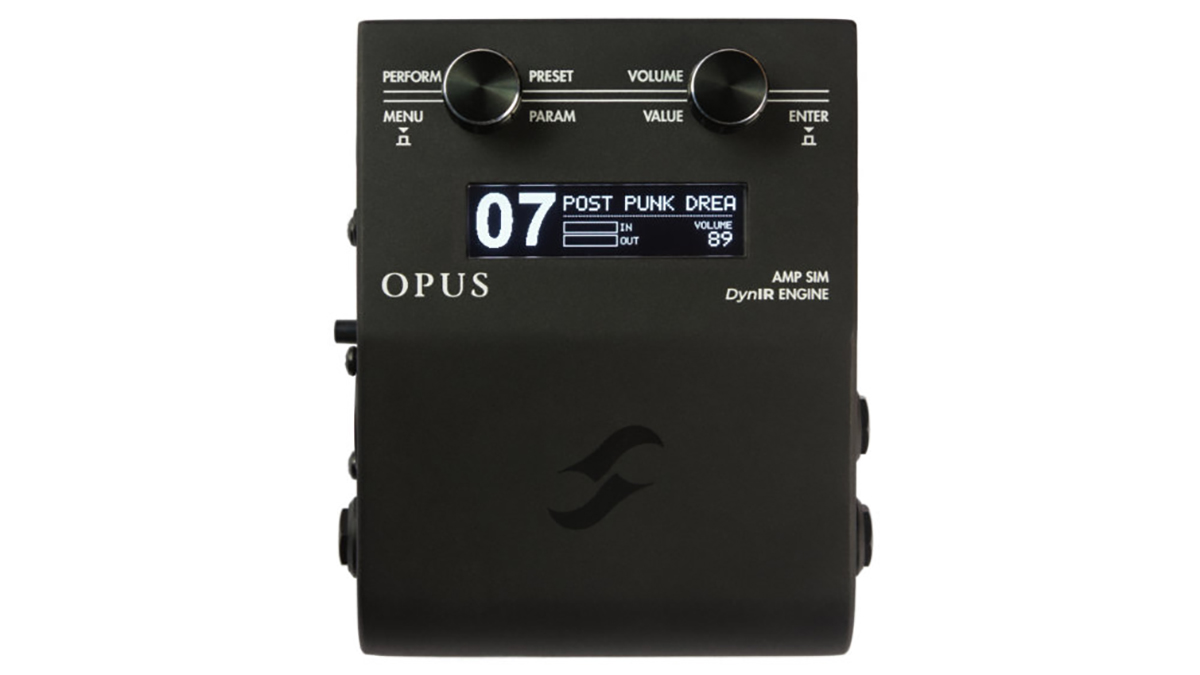
Two Notes Opus: Performance and verdict
Much of the functionality of the Opus is accessible via the companion app or desktop software. Nevertheless, we want to see how much we can get out of a device without having to use additional layers of faff.
In the guitar world, we’re beyond the era of fad apps and in one where they’re generally good. Still, we’re in the minority that aren’t going to install an app for every product we buy. Moreover, with Two Notes having sunset the Torpedo racks, we’re partly evaluating this as a successor to those excellent units. Rack kit is notoriously hard to use, yet the Two Notes Torpedoes were easy to set up and navigate.
Surprisingly, the Opus exceeds our expectations on two key counts. First, without even looking at the manual or quickstart we not only get going but also edit a patch. Turning on a noise gate is a matter of a couple of seconds, as is altering the EQ to a different preset EQ curve. The newly selected one better suits the Marshall-voiced patch we’ve chosen.
Going further, there’s a custom EQ curve available that is straightforward to edit with the two rotary knobs. We set to work, knocking off some 200Hz thump and changing the bass high pass filter. So far so good. Gratifyingly, mic choices are easily accessible, and there’s the option of dual mic-ing - very impressive at the Opus’s price point.
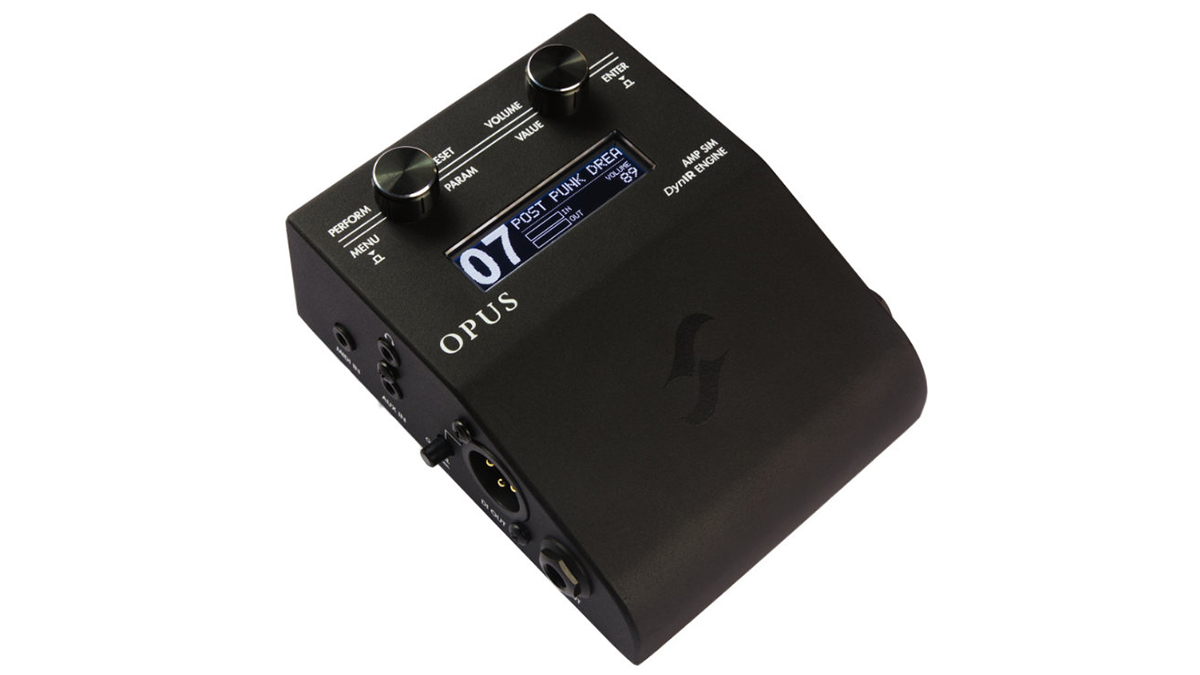
After cracking out some alternative metal rhythm parts with a Les Paul, it’s time to change tack. With hotter pickups we hit up the obligatory EVH patch, check the reverb is on, switch to a punchier cab and let rip. Even on headphones, the result is convincing and impressive.
On previous generations of studio-grade Two Notes kit, the subtle but effective room reverbs really helped sell the effect. Here it elevates the bedroom jamming experience. Knocking off the reverb and pulling back the highs, it’s easy to dial in a modern metal tone, and it handles a 7-string with no issues.
In terms of amp choices, the TSM models are the usual suspects, with Fender, Vox, Marshall, Ampeg and the 5150 all represented. It’s pretty straightforward to build your own patch. Even so, the defaults are very usable once you’ve tweaked the EQ and mics a bit.
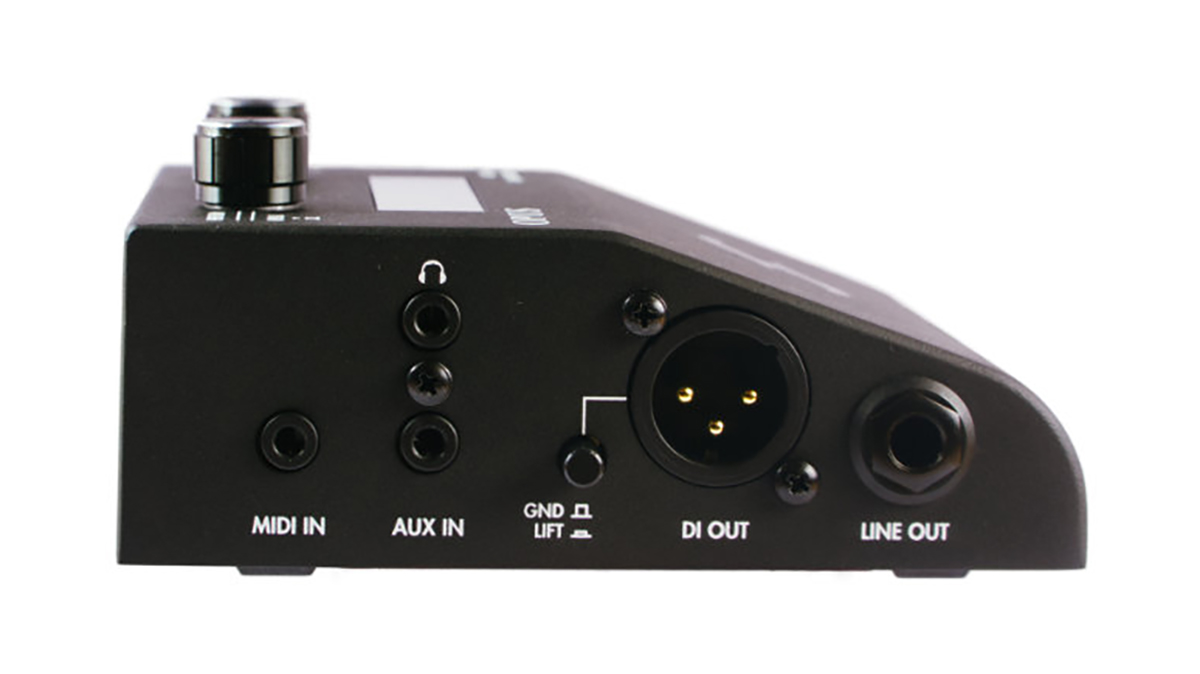
As you’d expect, the Opus is designed to work flexibly with your rig. It can be run at the end of your board as a combined modelling amp solution. This can then be used with headphones or sent out to a PA. Alternatively, you can disable the power amp modelling, and send it into the Effects Return of a tube head, or indeed a standalone tube power amp.
Finally, you can disable the pre and power stages, and use it as just a cab sim and IR loader. Here it has one final trick up its sleeve - a through connection that allows for a load box to be connected to the Opus. It’s important to note that without a load connected - that is, a speaker or load box - the Opus will be damaged. Obviously, it can’t drive a speaker without an external power amp, but it will work into an FRFR speaker cab.
The only real drawback to the Opus is that it only does one thing. Some of its competitors in the ‘replace your amp’ stakes also include effects. Even then, it can be argued that the Opus doesn’t just do one thing, but several, since pre and power stages can be disabled.
These extra affordances for players who want to run hybrid rigs of one kind or another are powerful. Considering that, it’s competitively priced - other units do less, for more money. Some might take issue with it being mono, but that was true of Two Notes’ rack kit and isn’t likely to be a surprise to power users.
MusicRadar verdict: All in all, it’s hard to see the Opus as anything other than a slam dunk. It’s good enough that even if you have an existing Two Notes rack setup, you’ll be tempted by it. It’s compact enough for on-the-go use or as a recording tool for a practice space, let alone its utility to a touring musician. Moreover, it’s such a compact unit that the all-in-one headphone amp solution is a no-brainer if you’re already bought in to the Captor series.
Two Notes Opus: Hands-on videos
Pete Thorn
Loida Liuzzi
Jay Leonard J
Two Notes Opus: Specifications
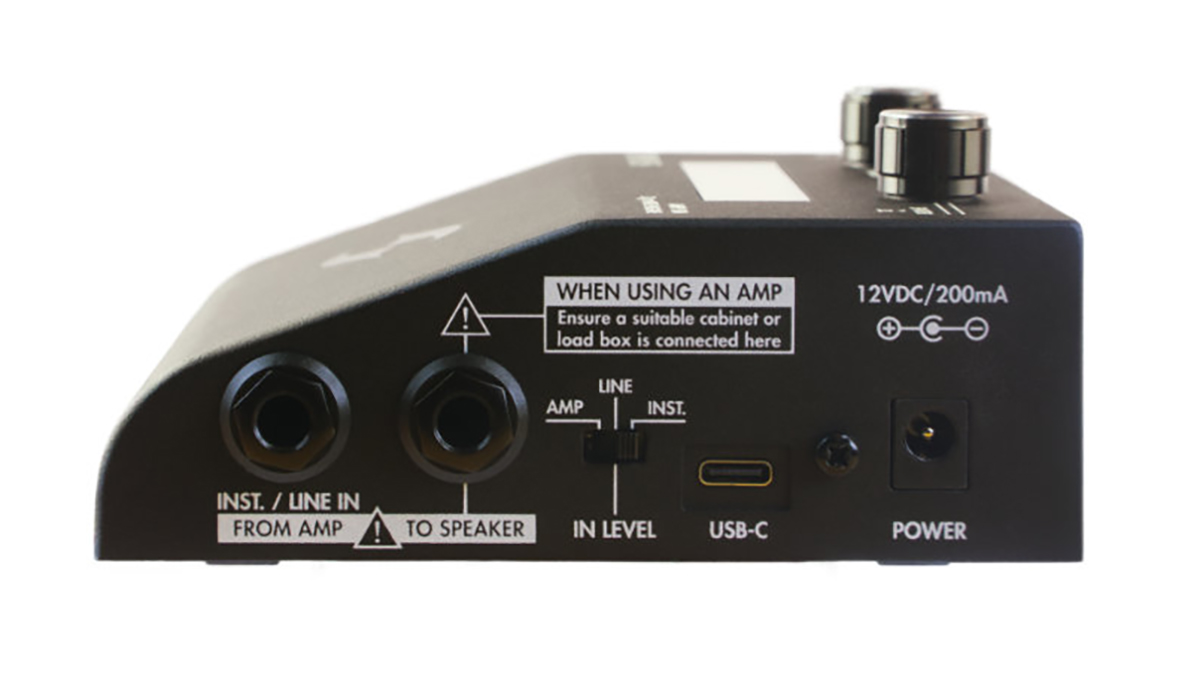
- Line In
- Speaker Out
- USB-C
- Power (PSU included)
- Midi In
- Aux In
- Headphone Out
- DI Out
- Line Out
- CONTACT: Two Notes
Alex Lynham is a gear obsessive who's been collecting and building modern and vintage equipment since he got his first Saturday job. Besides reviewing countless pedals for Total Guitar, he's written guides on how to build your first pedal, how to build a tube amp from a kit, and briefly went viral when he released a glitch delay pedal, the Atom Smasher.
“Excels at unique modulated timbres, atonal drones and microtonal sequences that reinvent themselves each time you dare to touch the synth”: Soma Laboratories Lyra-4 review
“I used everything I knew about music”: How Green Day exceeded expectations with their most ambitious song
YouTube just added AI tools that makes musicians, library music and video editors redundant
